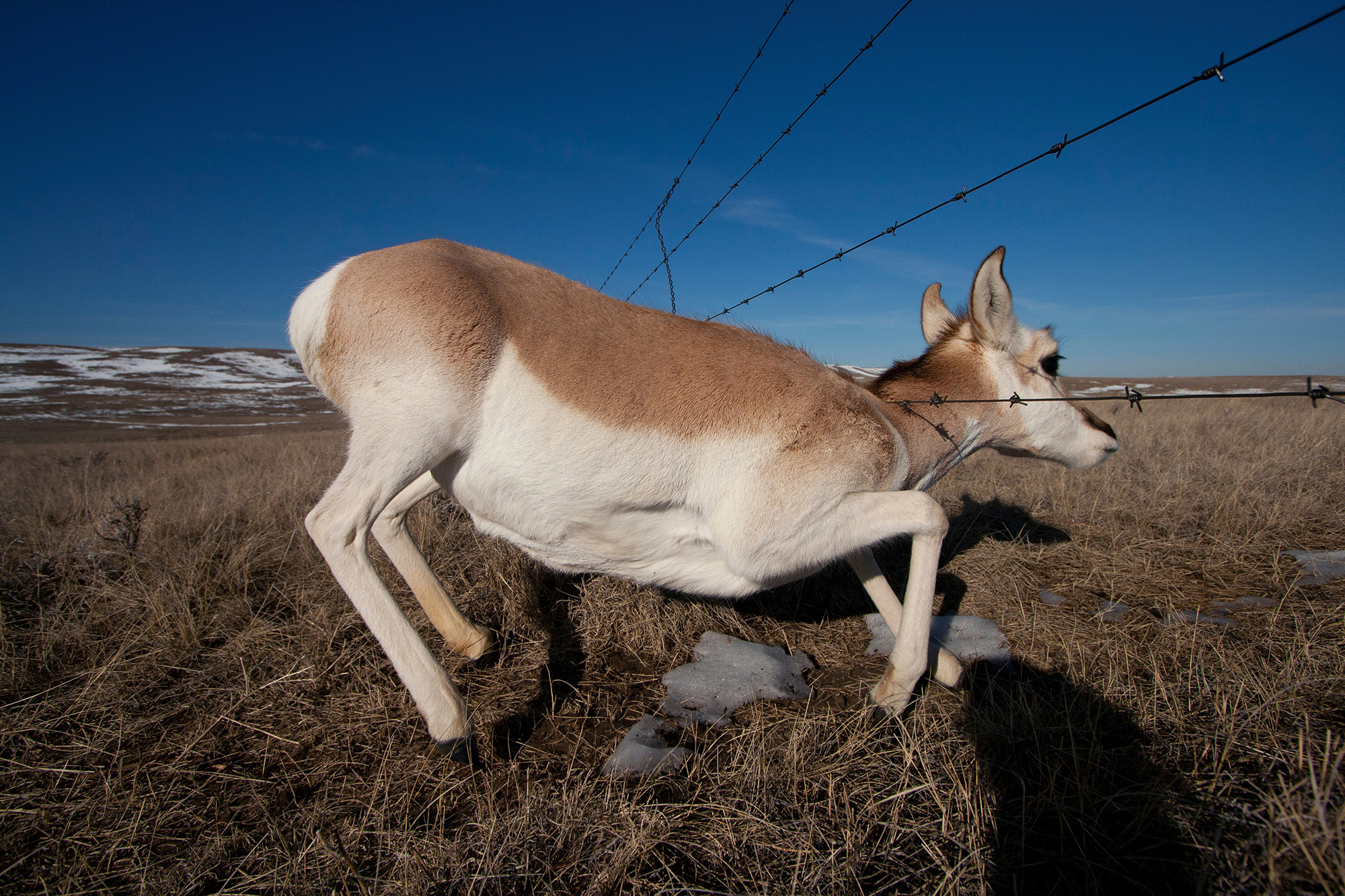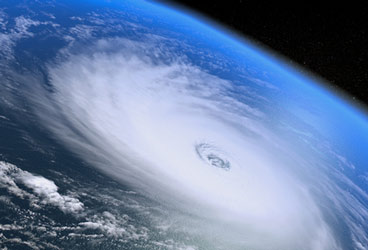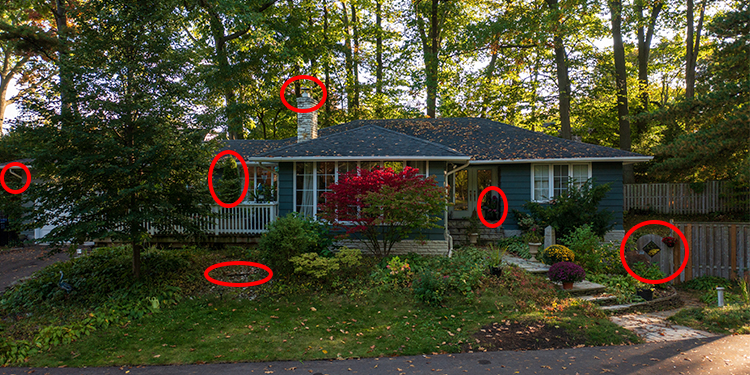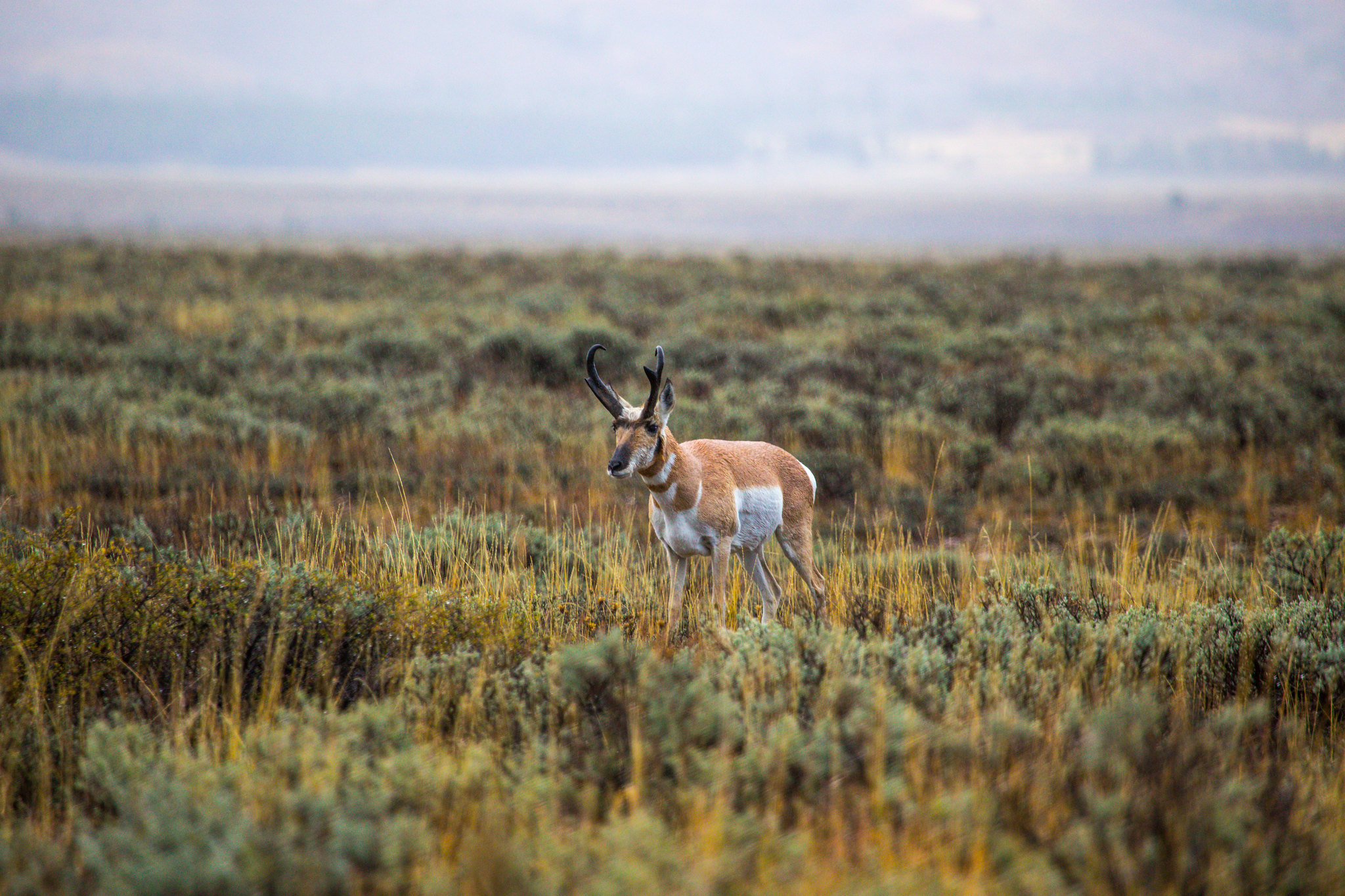‘I Turned My Antelope Hunters Away.’ Wyoming Wildfires Have Been Devastating. They’re Also an Opportunity to Fix Fencing for Wildlife

T.J. Tavegie watched two orphaned pronghorn fawns plodding across the charred sand 15 yards away from him. They kicked up clouds of ashy dust with each step as they headed toward the small stock pond where Tavegie’s ground blinds still stood, miraculously, after surviving Wyoming’s House Draw Fire two days prior on Aug. 21. The fawns looked at him but didn’t seem to care much. They had other things to worry about, like where the rest of their herd had gone.
The landscape near Buffalo, where Tavegie has outfitted big-game hunts for decades, was unrecognizable. A series of prairie fires, triggered by lightning strikes and driven by high winds, had scorched some 174,000 acres of sagebrush flats, including about 40,000 acres of ground that Tavegie leases for pronghorn and mule deer hunting. Archery season was only a few days away and Tavegie had antelope hunters inbound. But when he and the landowner went out to assess the damage, they found a small herd of pronghorn that had gotten trapped on the property by an old sheep fence. Caught between the flames and the old fence line, most of the antelope died.
“[The landowner and I] counted roughly 35 antelope … not all of them were burned, but some of them had just laid down [and died], due to stress or smoke inhalation. I think they were just surrounded,” Tavegie tells Outdoor Life. “I turned my antelope hunters away.”
Tavegie says the fast-moving fire burned extremely hot and left little in its wake. Wildlife were impacted far beyond Tavegie’s hunting grounds. A cattle rancher in the area told reporters he found “numerous deer and elk carcasses” on his property after the fires. He said he’s also had to cancel hunts this fall.
“A lot of the land looks like a black moonscape,” Tavegie says. “I had a wildlife camera mounted on a stock tank, and in fifteen minutes the temperature went up fifty degrees. The camera somehow survived the fire, but the last photo it took gave a temperature reading of 138 degrees Fahrenheit.”
Livestock fences have been on the landscape in northeastern Wyoming for hundreds of years. The region has a rich history of sheep farming going back to the late 19th and early 20th centuries, when Basque sheepherders settled there. Cattle and horse ranchers have since added their own fences, and there is now a tapestry of old barbed wire and woven sheep wire strung across the region. Tavegie says wildlife entanglements are common, especially in sheep fences, as deer and antelope can easily get a hoof or leg caught in the wire.
But the August wildfires ate up most of the wooden fence posts in their path. Hundreds of miles of fence were lost. And at roughly $10,000 a mile, even the most basic livestock fence is exorbitantly expensive to replace, Tavegie says. Federal assistance is available through the USDA’s Farm Service Agency, particularly the Emergency Conservation Program, but this won’t be a cure-all for affected landowners.
It also won’t fix the underlying problem of livestock fences presenting impassable (and sometimes fatal) boundaries to wildlife. What these critters need is better fencing. And since landowners need new fence anyways, a group of conservation-minded hunters is doing what it can to help meet both needs.
Read Next: The Biggest Fire in Texas History Will Help Quail Someday. Right Now It’s Killing Them
On Sept. 20, the Mule Deer Foundation launched a fundraiser for landowners in the area. The group aims to raise $60,000 by Oct. 31, and MDF will match the first $20,000 it receives. These funds are being used primarily to replace the burned-down fencing with wildlife-friendly fences. Some of that work has already begun. And while the MDF certainly won’t be able to replace every mile of fence lost — even wildlife-friendly fencing runs about $2 per foot for materials alone, or a little over $10,000 per mile — the project will help offset the costs facing landowners. It’s also a good opportunity to raise awareness about the benefits of using wildlife-friendly fencing to contain livestock as ranchers rebuild across the West.
“A lot of fences burned down, and a lot of ground burned. The funds from the feds can’t cover everything,” MDF Wyoming regional director Shawn Blajszczak tells Outdoor Life. “We’ve already been out there with our wire winder, we’ve already removed a few miles worth of old fence and replaced it with wildlife-friendly fence.”
The difference between traditional livestock fencing and wildlife-friendly fencing might not be immediately obvious to the untrained eye, Blajszczak says. But there are minor differences that can mean life or death for pronghorn, mule deer, and other wildlife trying to escape wildfires like the House Draw, the Remington Fire, or the Elk Fire near Sheridan, which was only 16 percent contained as of Thursday.
“That bottom wire is elevated a little bit, and it’s smooth, so antelope and deer fawns can slide underneath it easier,” he explains. “The top wire is brought down to a max height that’s been scientifically proven to allow animals to cross easier, and then that second wire sits a little further down so that if [an animal] accidentally hooks the fence, their leg isn’t as likely to get twisted between the two wires, since that’s how they get stuck. The goal here is to make sure wildlife can go back and forth between feeding areas, shelter, and water, so the fence doesn’t limit their travel. But it still does what the rancher needs it to do and keeps livestock where they need to be.”
Read Next: The Long-Awaited Grasslands Conservation Act Is Finally Introduced in Congress
MDF will also direct some of the money toward cheatgrass and medusahead treatments. These two invasive plants are quick to reestablish after a wildfire, and the group has helped with a lot of this habitat work in the past. But since much of the area that burned in northeast Wyoming this August is privately owned, Blajszczak says the best way to support wildlife recovery is to give both landowners and wild critters a helping hand.
“Deer don’t know boundaries, and they rely on both private lands and public lands,” Blajszczak says. “Whether we’re helping private or public land, we’re helping wildlife.”
Want to replace your fencing with wildlife-friendly fence? Here’s a complete guide to building and improving fence from Montana Fish Wildlife and Parks.
Read the full article here







